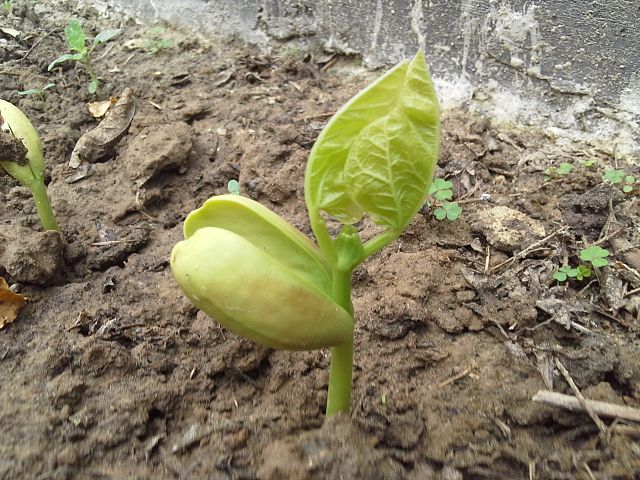



Efficiency of pea seeds in sow, piglet and fattener feeding
New research shows that colour-flowering varieties of pea seeds may be viable alternatives to soybean meal in the whole cycle of pig nutrition.In a study published in Animal Production Science, researchers E. Hanczakowska, J. Księżak and M. Świątkiewicz investigated the impacts of two varieties of pea, one white flowering (cv. Tarchalska) and one colour flowering (cv. Milwa), when used to partially replace soybean meal in the diet of sows and their progeny. The effect of a feed enzyme supplement (Ronozyme VP) was also determined. Animal performance and carcass and meat quality were estimated using standard methods.

© [https://commons.wikimedia.org/wiki/User: Bijay_chaurasia]
Summary of study findings
Body weight
- There was no significant difference in sow body weight, number of piglets born and litter weight between the treatments.
- After weaning, body weight gains of piglets in all groups were similar.
- During the fattening periods, the body weight gains of the pigs receiving cv. Milwa were significantly higher than those fed with cv. Tarchalska.
- The body weight gains in the control group were intermediate.
- The enzyme supplement did not improve body weight gains.
Digestibility
The digestibility of protein (and in the grower period, also crude fibre and N-free extractives) was higher in the pigs receiving cv. Milwa than in those fed with cv. Tarchalska.
Carcass traits
- There was no significant difference in carcass traits, except for the amount of meat in the ham, which was the highest in the control and lowest in the Milwa group.
- The intramuscular fat of the pigs fed with cv. Milwa contained significantly more of saturated fatty acids and less of unsaturated fatty acids than did both the control and the pigs fed with cv. Tarchalska.
- The peas had little effect on the physical traits of the meat; they improved its water-holding capacity but did not change its colour and lightness.
- Cv. Tarchalska significantly lowered all estimated sensory properties.
Conclusion
It is concluded that pea seeds, especially the colour-flowering varieties, may be replacements of soybean meal, in moderate amounts, in the whole cycle of pig nutrition.








